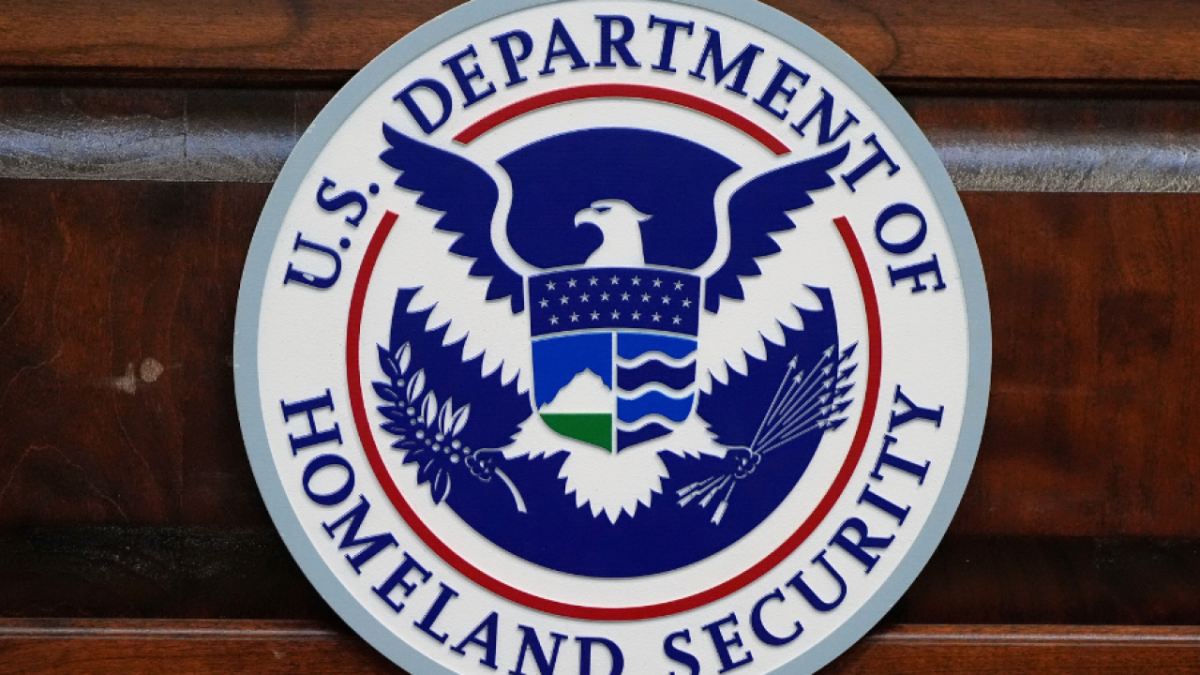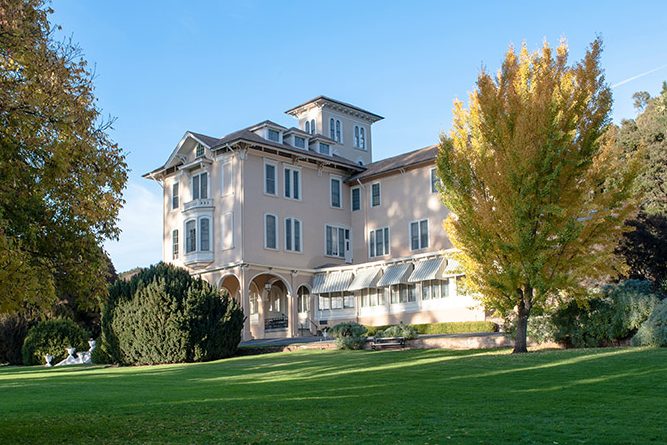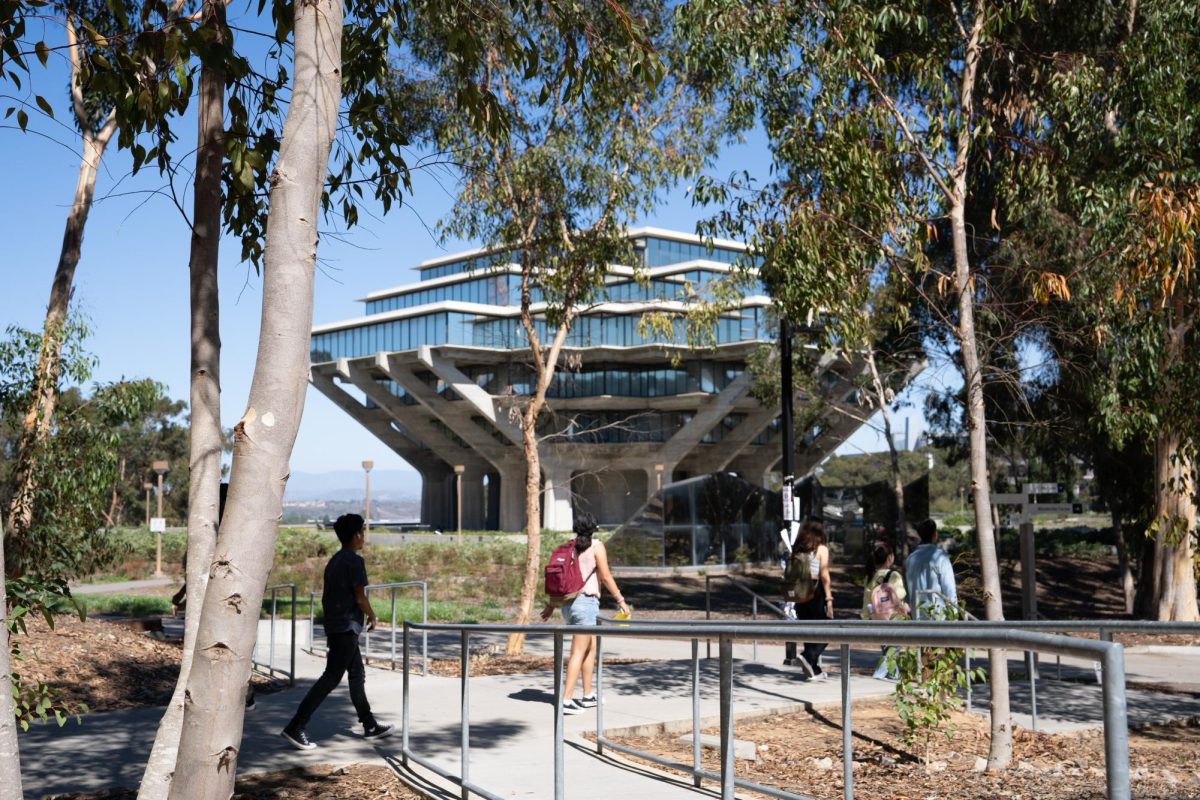According to San Diego Center for Algae Biotechnology Director Stephen Mayfield, graduate student Miller Tran pointed out the advantages of working with algae to create proteins that could be used to vaccinate malaria, such as the ability to fold complex proteins.
Tran proposed using algae because it is less expensive to produce than the bacterias and cells used to create vaccines. It is a different way to create proteins that have not been used before.
“We’ve always thought about making vaccines because they’re very expensive,” Mayfield said. “The main strength of algae is that you can grow this stuff at very large scale for really cheap because it’s essentially a crop.”
More specifically, Mayfield’s lab works with algae and its use as an alternative resource. Mayfield said that the UCSD lab is one of the only facilities that has the tools to create a vaccine for malaria out of algae.
Mayfield’s team injected the proteins they created from algae into mice. The mice then made antibodies, which blocked the production of the malaria parasite. The team then collaborated with UCSD School of Medicine professor Joseph Vinetz, who studies malaria.
Vinetz has mosquitoes that carry malaria as part of his research, and he injected the proteins Mayfield’s lab created into the mosquitoes. The proteins successfully blocked the malaria parasite from developing inside the mosquito.
According to Mayfield, bacteria are not good at folding complex proteins, which is crucial to the creation of vaccines, and they put sugar on their proteins. Many cells produce sugars for proteins as they fold into their proper shape because the sugars help them retain that shape.
However, malaria proteins do not use sugar. Another one of the problems with bacteria is that the proteins in malaria are too complex for bacteria to fold.
Previously, scientists were not able to create a vaccine for malaria because the cells and bacteria they normally use to create vaccines put sugar on their proteins.
To create vaccine malaria, Mayfield’s team needed to find a way to fold complex proteins without putting sugar on them.
“Our hypothesis was, algae can make complex malaria proteins, fold them correctly and not put sugars on them,” Mayfield said. “And quite often you come up with a wonderful hypothesis and you do it and you’re dead wrong. But sometimes you’re right and in this case we were right.”
According to Mayfield, the next step for the team is to create an oral version of the vaccine, since the method of injecting a vaccine is very expensive.
“There are two billion people who are susceptible to [malaria] and there’s no way we’ll ever afford an injectable vaccine,” Mayfield said.
Mayfield said that he went to Bali a few years ago, but he needed to first get the hepatitis vaccine, consisting of two injections at $115 each.
He also said that the price of the vaccine was too expensive for most residents of the country.
Many Asian countries, such as Pakistan and India, suffer from malaria because their tropical regions attract mosquitoes.
“Well, it’s okay for me and family we got [the hepatitis vaccine],” Mayfield said. “But nobody in Bali can afford that — nobody in Asia can afford $230, that’s a third of their yearly income.”
Mayfield said that his team is spending this month injecting the mice with their oral vaccine.
They said that they will know by July if the vaccine is effective.
“If that works, instead of having a vaccine that costs hundreds of dollars you have a vaccine that costs one or two pennies,” Mayfield said.







